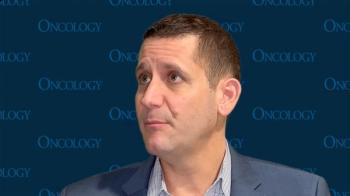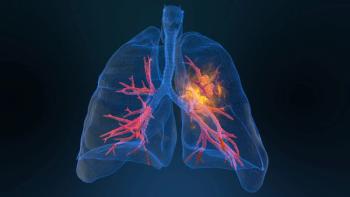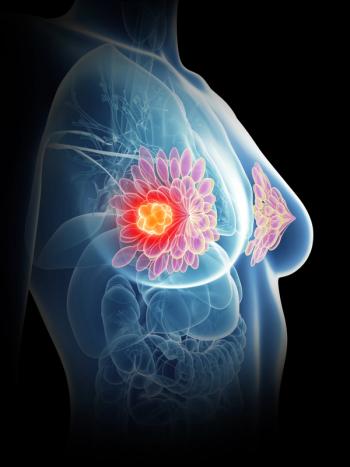
Oncology NEWS International
- Oncology NEWS International Vol 9 No 3
- Volume 9
- Issue 3
Panel Recommends Listing 9 Substances in Carcinogen Report
ARLINGTON, Va-A scientific panel has recommended listing nine substances as either “known” or “reasonably anticipated” to be human carcinogens. If upheld after review, the substances will be listed in the 10th “Report on
ARLINGTON, VaA scientific panel has recommended listing nine substances as either known or reasonably anticipated to be human carcinogens. If upheld after review, the substances will be listed in the 10th Report on Carcinogens, prepared by the National Toxicology Program (NTP) and scheduled for publication in 2002.
The panel voted to upgrade beryllium and beryllium compounds (substances used in fiber optics, aerospace, and other industrial applications) from reasonably anticipated to known human carcinogens. They recommended listing vinyl bromide and vinyl fluoride as known human carcinogens. Vinyl bromides primary use is in making flame-retardant synthetic fibers. Vinyl fluoride is a chemical used in making polyvinylfluoride, which is used in the plastics industry.
The panel also recommended listing two other chemicals used in make products flame resistant as reasonable anticipated to be human carcinogens: 2,2-bis-(bromomethyl)l-1,3-propanediol used in unsaturated polyester resins, molded products, and rigid polyurethane foam, and 2,3-dibromo-1-propanol, also found in pesticides and drug preparations.
Three other substances were cited as reasonably anticipated to be human carcinogens: dimethylbenzidine dyes used in some textiles and plastics; IQ, found in cooked meat and fish; and styrene-7,8-oxide, use in preparing fragrances.
Articles in this issue
almost 26 years ago
IL-13 Used to Deliver Bacterial Toxin to Brain Tumors in Micealmost 26 years ago
Rituximab/CHOP Combo Effective in Low-Grade NHLalmost 26 years ago
3D CT-Guided Seminal Vesicle Biopsy for Stagingalmost 26 years ago
Elderly Patients Tolerate Breast Cancer Therapyalmost 26 years ago
Coaxial Breast Biopsy Device Provides Diagnostic Specimensalmost 26 years ago
3D Digital Camera Accurately Calculates Breast Shape, Volumealmost 26 years ago
Thermoacoustic CT Under Development for Breast Imagingalmost 26 years ago
Early Local Recurrence After Lumpectomy Predicts Metastasisalmost 26 years ago
State of the Union on Youth Smoking ‘Clearly Not Good’Newsletter
Stay up to date on recent advances in the multidisciplinary approach to cancer.

















































































